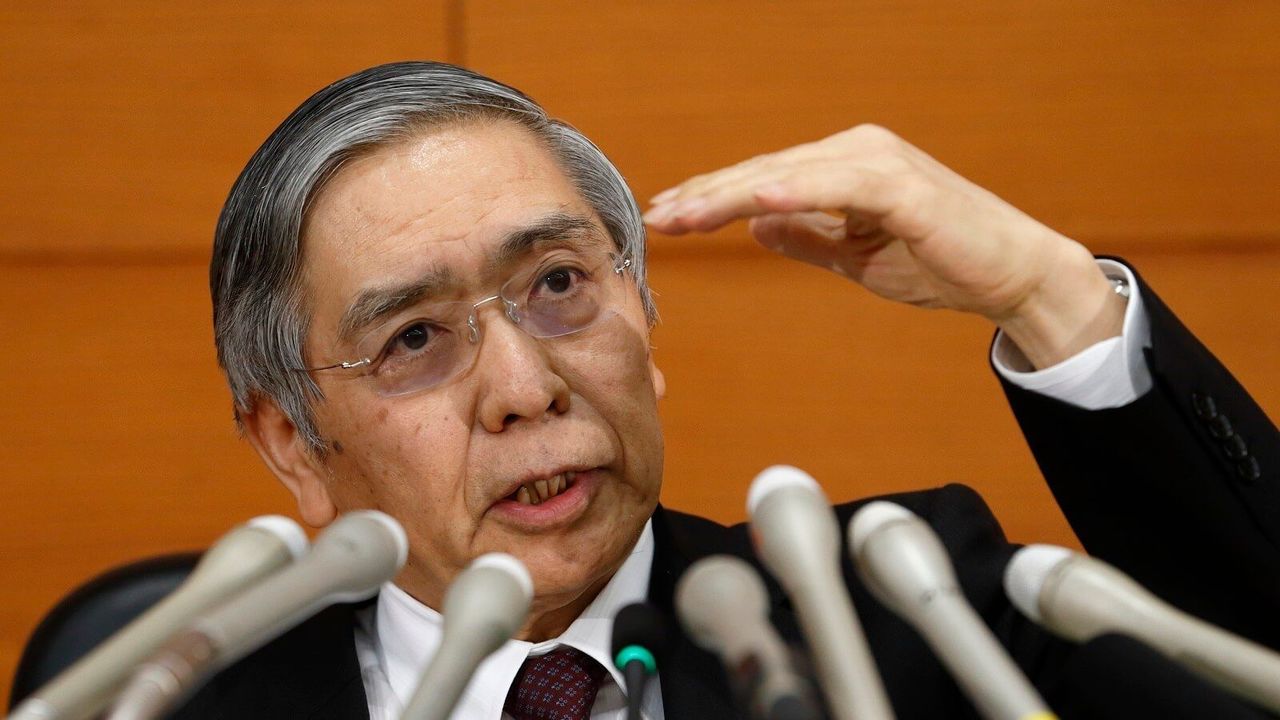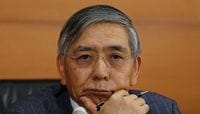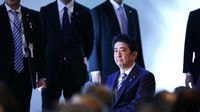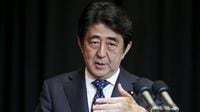
In the face of his failure to either bring back 2% inflation or help the economy grow better, Bank of Japan (BOJ) Haruhiko Kuroda made a desperation move on January 29 by imposing negative interest rates on new bank reserves held at the BOJ. Whereas Kuroda’s easing move in October 2014 was seen by the markets as a “monetary bazooka,” his latest gambit is just a pop gun.
Kuroda claims that, to avoid this new charge of 0.1% on all reserves, banks will instead lend more to banks and consumers. The companies will then invest in new plants and equipment, and the consumers will borrow to buy houses, cars, and appliances. He is expected to go even lower, perhaps to 0.5%. In any case, Kuroda is as wrong on this issue as he has been on every other forecast he has made.
Virtually none
Here’s the problem. Since he took office in March 2013, Kuroda has created ¥219 trillion in new money, mostly by buying Japan government bonds (JGBs). That’s equivalent to a stunning 40% of GDP. The problem is that virtually none of that money has gone into the actual economy; 91% of it (¥199 trillion) came right back to the BOJ in the form of bank reserves.
Bank loans are not stagnant because banks refuse to lend, but because firms and consumers don’t need or want to borrow. Firms that have trouble selling what they already produce have little interest in expanding capacity. Despite raking in lots of profits, they’ve not increased investment over the last few years.
As a result, the gap between corporate cash flow and corporate investment now stands at a record 6% of GDP. If firms did want to invest, they need not go to banks, just their vaults. So, negative rates on bank reserves at the BOJ are not going to suddenly stir more borrowing to finance corporate investment or consumer spending.
At best, Kuroda’s move is ineffective. At worst, it could cause harm. It’s hard to tell because we are in uncharted waters. But consequences have already set in. Immediately after the BOJ move, rates went negative on JGBs. Half of Japan Post Bank’s ¥1.7 trillion ($12 billion) in assets are currently held in JGBs. One-tenth of the commercial banks’ ¥1 trillion ($8.5 billion) in assets are held in JGBs, about half the share before Kuroda came to office. Among insurers and pension funds, central government securities (including JGBs) comprise 40% of their total assets.
It remains to be seen exactly how financial institutions will respond to this dilemma. However, the banks have already cut the razor-thin interest rates that they have been paying depositors. Some banks are talking of lowering their rates on time deposits to that on ordinary deposits.
Fortunately, there is a solution. The Abe-Kuroda team should actually do what they had promised to do: properly implement all “three arrows” of Abenomics: monetary stimulus, fiscal stimulus, and structural reform. Abe has applied only the first arrow, but none will work without the other two.
The BOJ should continue buying JGBs and keeping interest rates down. The BOJ has bought so much in JGBs that non-BOJ holdings have plunged from a peak of 152% of GDP to 126% and will keep on dropping. This BOJ action makes it possible for the Abe administration to deploy the second arrow of fiscal stimulus without worrying about the risk of a European-style debt crisis or a spike in interest rates.
“Bridges to nowhere”
Fiscal stimulus has gotten a bad rap in Japan because too much of it was used for “bridges to nowhere,” or political payoffs to electorally-vital rural districts. In reality, there are lots of fiscal measures that not only add to purchasing power in the short-term, but also add to the economy’s long-term productive capacity. First up is free public high school. The second hike in the consumption tax, now scheduled for April 2017, should be postponed until the economy passes clear milestones of real recovery, e.g., steady increases in real wages.
All of this macroeconomic stimulus will be for naught unless it is used as a breathing space for productivity-enhancing structural reforms.



